New research demonstrates how the first proteins could’ve formed without the help of biological processes.
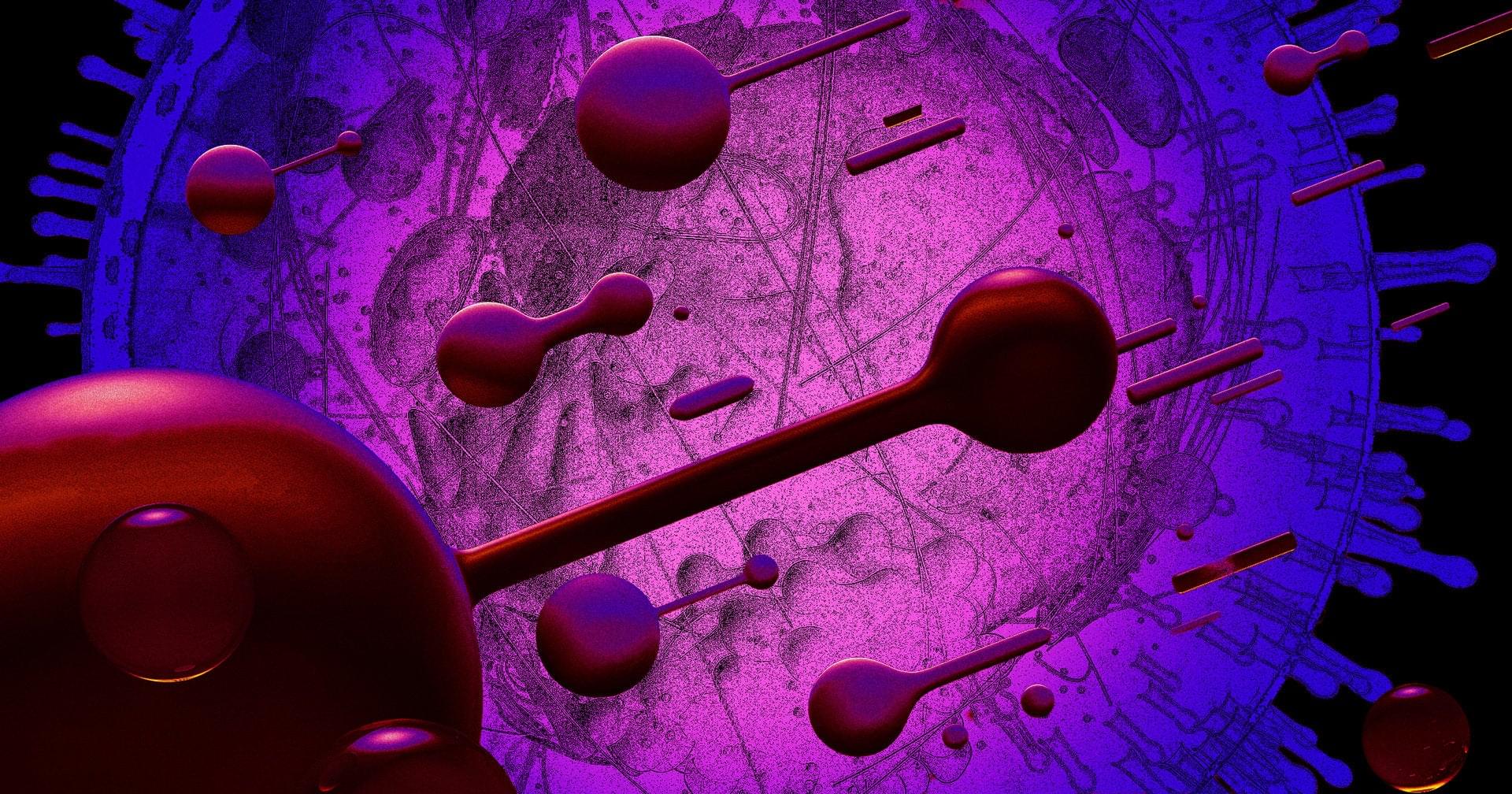


The rapid advancement of artificial intelligence (AI) and machine learning systems has increased the demand for new hardware components that could speed up data analysis while consuming less power. As machine learning algorithms draw inspiration from biological neural networks, some engineers have been working on hardware that also mimics the architecture and functioning of the human brain.
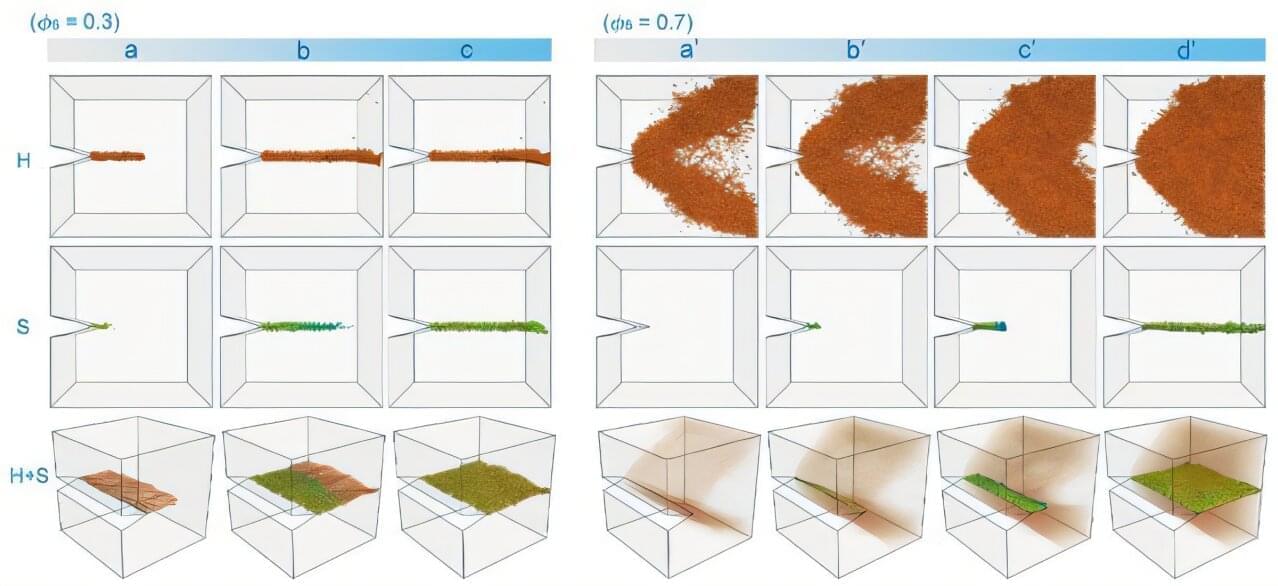
Engineers have long grappled with a fundamental challenge: creating materials that are both strong and tough enough to resist deformation and prevent fractures. These two properties typically exist in opposition, as materials that excel in one area often fail in the other.
Nature, however, has elegantly solved this trade-off in biological materials like bone, teeth, and nacre, which strategically combine soft and hard components in multi-layered architectures. These blueprints have inspired scientists to develop artificial soft–hard composites—from advanced dual-phase steels to specialized gels and reinforced rubbers—that demonstrate performance exceeding that of their individual components.
While artificial soft–hard composites have shown impressive performance in laboratory tests and real-world applications, the fundamental mechanisms behind their enhanced properties remain largely unclear. The inherent complexity of these materials, encompassing nonlinear behaviors, intricate internal structures, and multi-scale interactions, has made it difficult to isolate the essential design principles.

An incredible breakthrough brings quantum-scale precision sensing to living biological systems.
JMP offers a 30-day free trial for anyone, anywhere. Go to https://www.jmp.com/scishow to see the benefits of visual statistics for yourself.
Rocky bodies like moons, asteroids, and comets are chock full of resources, from water, to helium-3, to rare earth elements. But how can we access them? Some scientists have proposed using microbes to aid in the mining of certain metals.
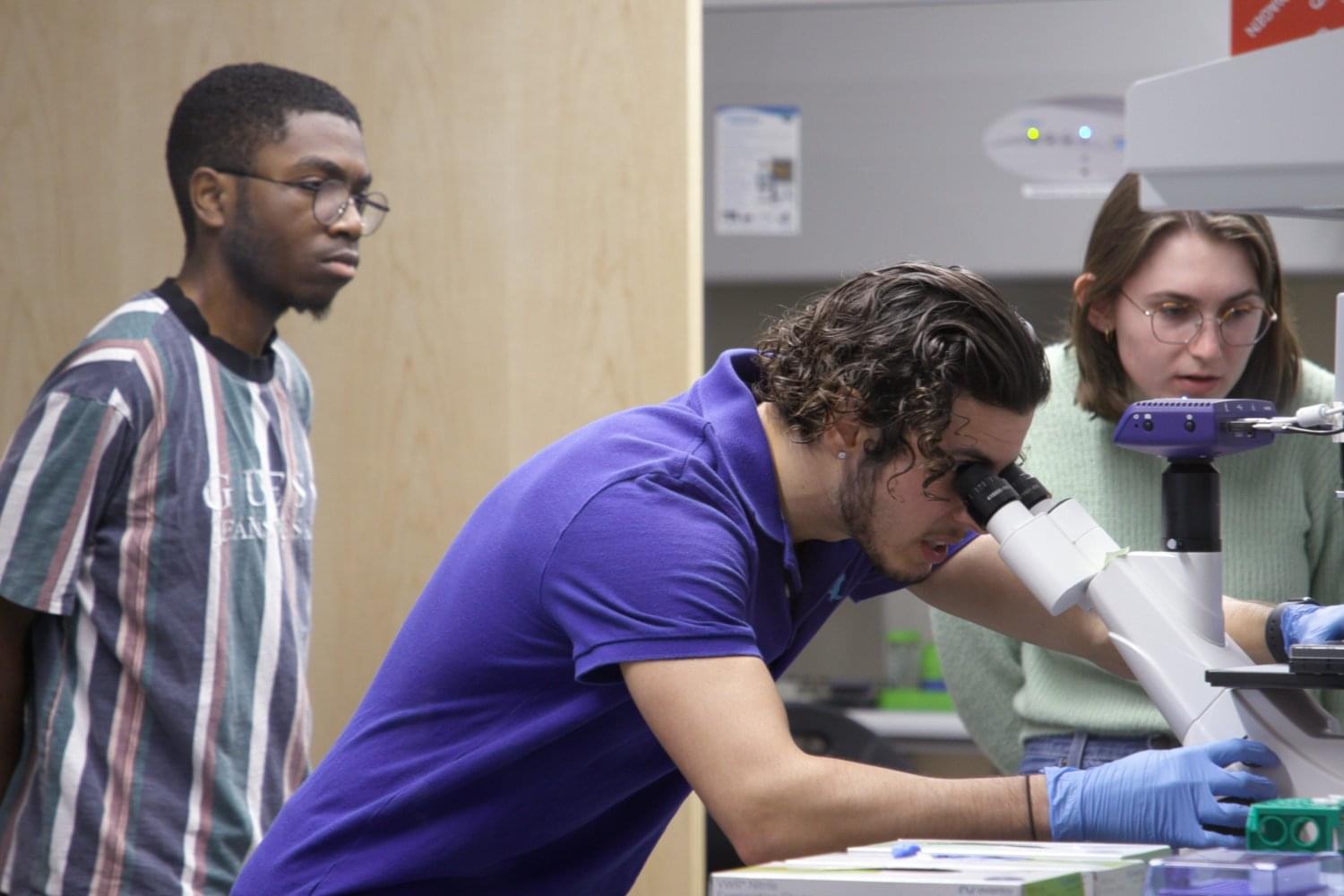
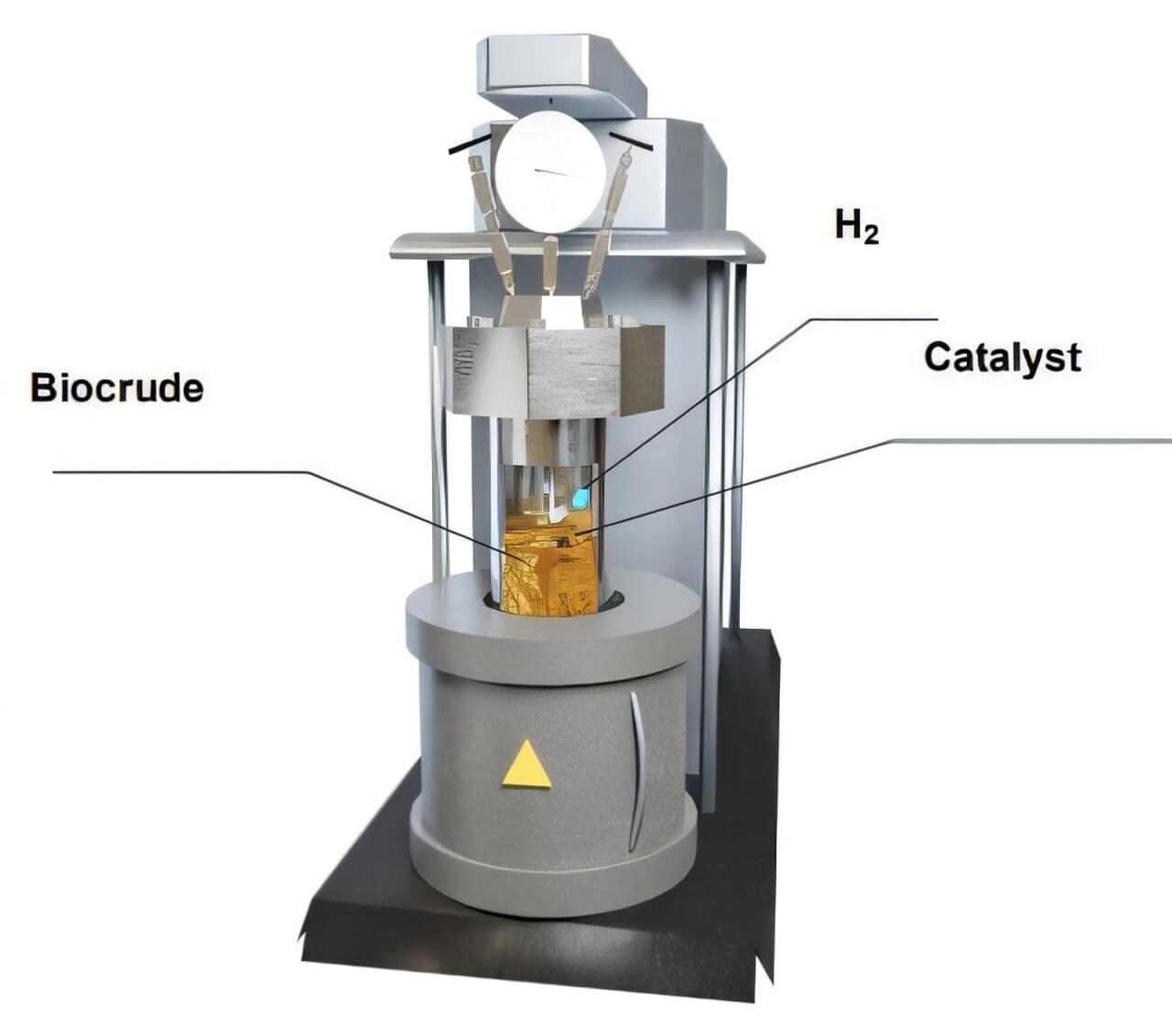
For researchers from The Grainger College of Engineering at the University of Illinois Urbana-Champaign, a new avenue for reducing carbon emissions can be found on the side. A side of salad dressing, that is.
In 2020, the United States federal government committed to achieving net-zero carbon emissions by 2050. An important step toward carbon neutrality is embracing sustainable aviation fuel (SAF), an alternative to conventional jet fuel that is made from renewable feedstocks. As part of this initiative, Grainger engineers have been hard at work creating the critical nanocatalysts for converting biocrude oil from food waste such as salad dressing into sustainable aviation fuel.
Hong Yang, a professor of chemical & biomolecular engineering, and Yuanhui Zhang, a professor of agricultural & biological engineering, joined forces to tackle this problem.
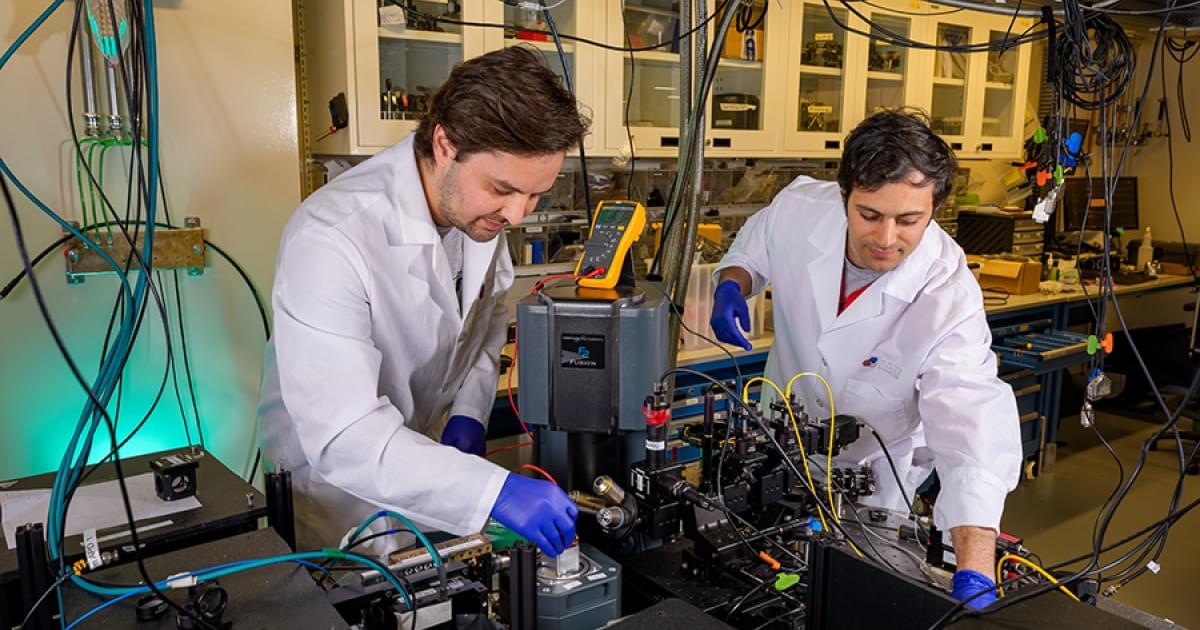
What does it take to turn the Sun into a power grid? Discover the step-by-step path from asteroid mining to a star-spanning megastructure.
Watch my exclusive video Dark Biospheres: https://nebula.tv/videos/isaacarthur–…
Get Nebula using my link for 40% off an annual subscription: https://go.nebula.tv/isaacarthur.
Get a Lifetime Membership to Nebula for only $300: https://go.nebula.tv/lifetime?ref=isa…
Use the link https://gift.nebula.tv/isaacarthur to give a year of Nebula to a friend for just $36.
Visit our Website: http://www.isaacarthur.net.
Join Nebula: https://go.nebula.tv/isaacarthur.
Support us on Patreon: / isaacarthur.
Support us on Subscribestar: https://www.subscribestar.com/isaac-a…
Facebook Group: / 1583992725237264
Reddit: / isaacarthur.
Twitter: / isaac_a_arthur on Twitter and RT our future content.
SFIA Discord Server: / discord.
Credits:
Building a Dyson Swarm… from Scratch.
Written, Produced & Narrated by: Isaac Arthur.
Graphics: Bryan Versteeg, Jeremy Jozwik, Ken York Sergio Botero.
Select imagery/video supplied by Getty Images.
Music Courtesy of Epidemic Sound http://epidemicsound.com/creator.
Chapters.
0:00 Intro What Is a Dyson Swarm?
5:49 Gathering the Materials.
9:40 Proto-Swarm: Our First Steps.
13:05 Mining the Solar System.
14:33 Beyond Mercury: The True Scale of the Swarm.
19:10 Ghosts of Friendship Past.
20:34 Building Habitats: How Much Mass Do We Really Need?
27:42 The Long Dawn of a Stellar Civilization.